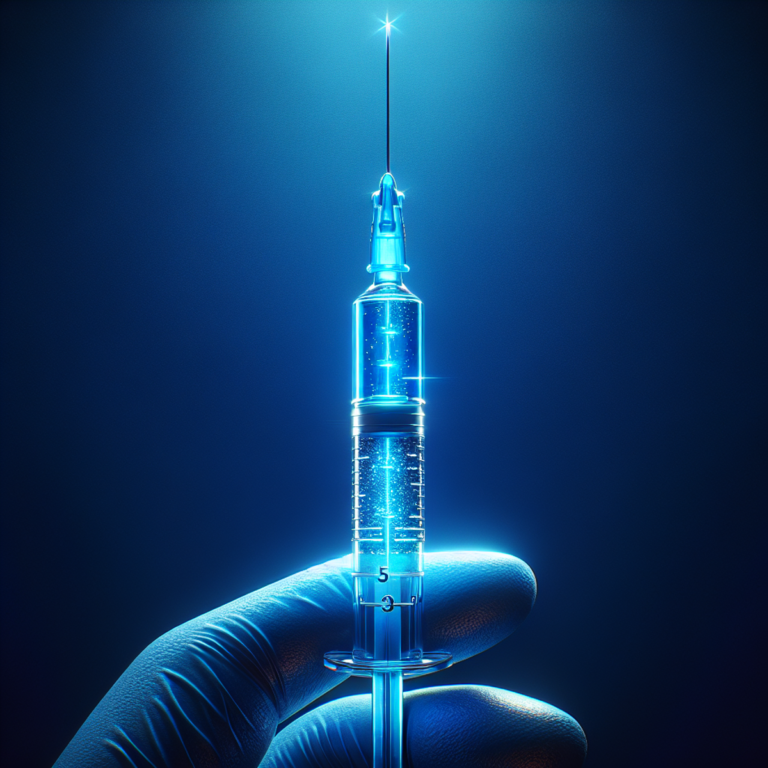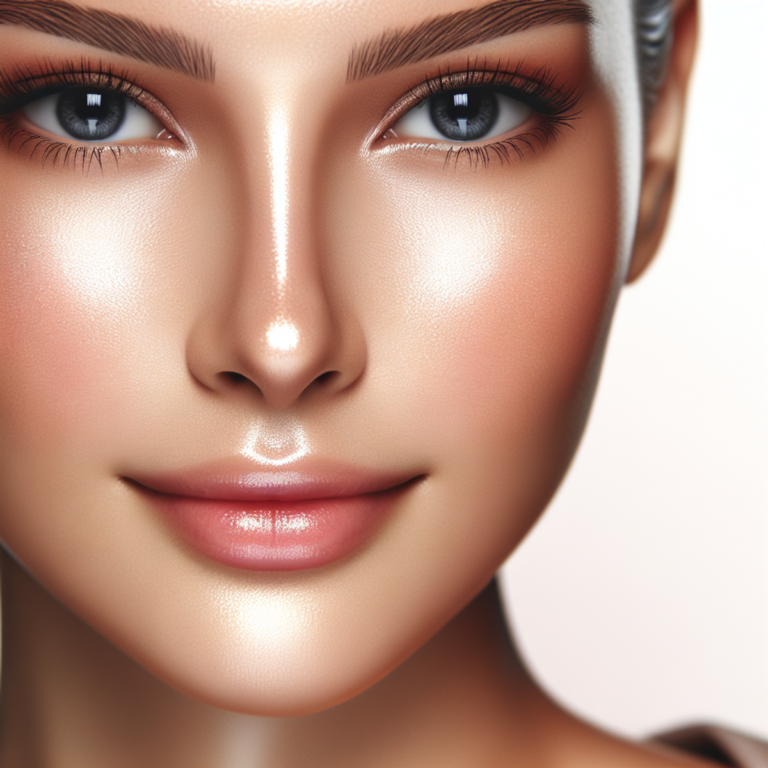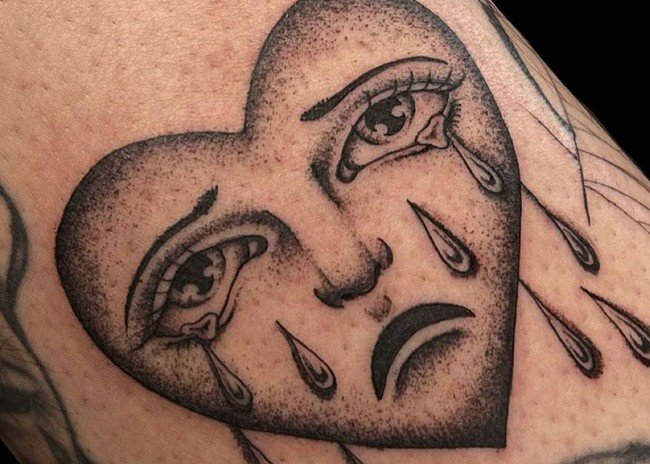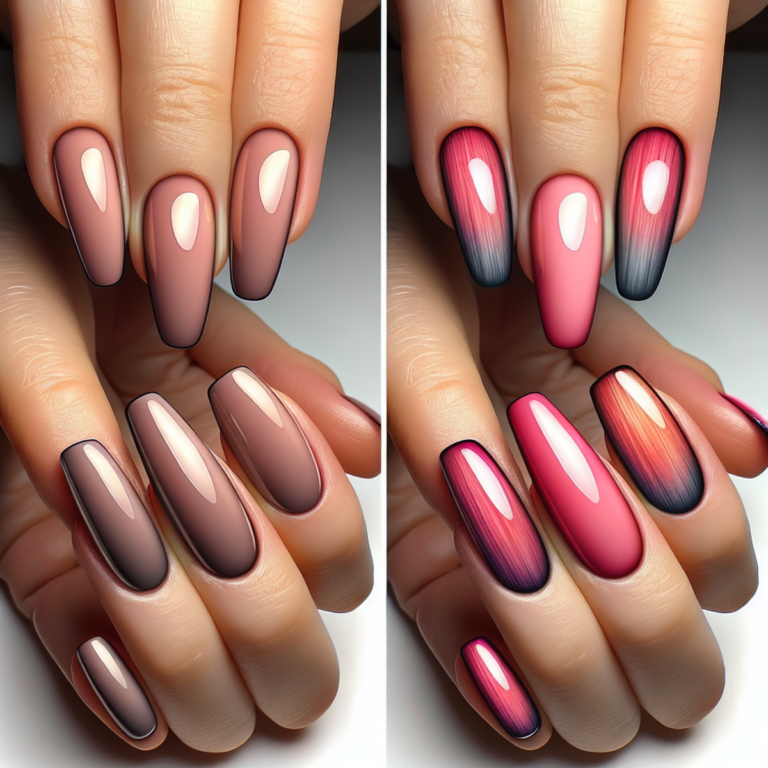best skin care for pimples
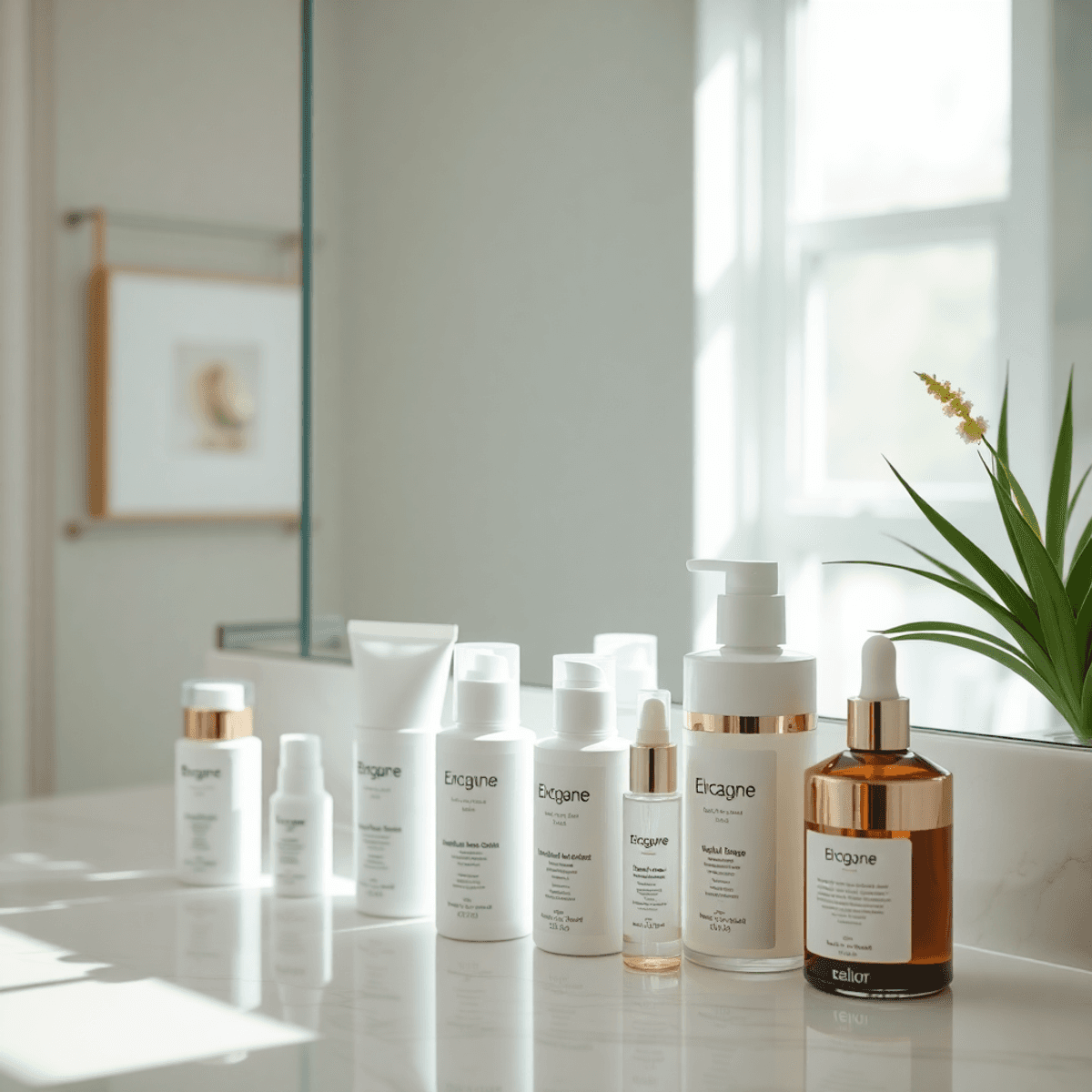
Introduction
Dealing with pimples can feel like an endless battle. You’re not alone – millions search for effective solutions to manage breakouts and achieve clear, healthy skin. The good news? Targeted treatments have shown remarkable success in treating various types of acne.
This comprehensive guide walks you through proven strategies for managing pimples and maintaining clear skin. You’ll discover:
- The science behind acne formation and common triggers
- Essential steps to build an effective skincare routine
- Powerful active ingredients that target breakouts
- Professional treatment options for severe cases
- Natural remedies and lifestyle changes for prevention
- Solutions for post-acne scarring
What sets this guide apart? We combine scientific research with practical applications, helping you understand not just what to do, but why certain treatments work. From selecting the right cleanser to incorporating active ingredients, each recommendation is backed by dermatological expertise.
Remember: Your skin‘s journey to clarity requires patience and dedication. While quick fixes might tempt you, lasting results come from consistent care and the right combination of products for your skin type. Let’s dive into the world of effective acne management and discover the path to clearer, healthier skin together.
Understanding Pimples and Their Causes
Pimples develop when hair follicles become clogged with oil, dead skin cells, and bacteria. These blockages create the perfect environment for P. acnes bacteria to thrive, leading to inflammation and those familiar red bumps on your skin.
Common Triggers for Breakouts:
- Hormonal Changes: Puberty, menstrual cycles, pregnancy, polycystic ovary syndrome (PCOS)
- Lifestyle Factors: High-sugar diets, dairy consumption, lack of sleep, excessive sweating, touching your face frequently
- Environmental Impact: Humidity, pollution, heavy makeup, certain medications
Types of Acne You Might Experience:
- Whiteheads: Closed, clogged pores appearing as small white bumps
- Blackheads: Open, clogged pores with dark appearance due to oxidation
- Papules: Small, tender red bumps
- Pustules: Red bumps containing pus
- Nodules: Large, painful bumps deep under the skin
- Cystic Acne: Severe, deep-seated inflammation causing painful cysts
Your genetic predisposition plays a significant role in acne development. Some people naturally produce more sebum (skin oil), making them prone to breakouts. Stress triggers hormonal changes, increasing oil production and inflammation.
Key Acne Zones and Their Meanings:
Forehead: Digestive issues, stressCheeks: Respiratory system, allergiesChin/Jawline: Hormonal imbalancesT-Zone: Excess oil productionBack/Chest: Heat, friction, sweat
Understanding your specific acne type and triggers helps you choose appropriate treatments and develop effective skincare routines. Identifying patterns in your breakouts can reveal underlying causes and guide your treatment approach.
Building an Effective Skincare Routine for Acne-Prone Skin
Creating a targeted skincare routine forms the foundation of successful acne management. Your daily regimen needs to address multiple concerns while maintaining skin barrier health.
1. Cleansing with Purpose: Choosing the Right Cleanser for Your Skin Type
A gentle yet effective cleanser serves as the cornerstone of any acne-fighting routine. The right cleanser removes:
- Excess oil
- Dead skin cells
- Bacteria
- Environmental pollutants
- Makeup residue
Key Ingredients to Look For:
- Salicylic Acid (1-2%): This beta-hydroxy acid penetrates deep into pores, dissolving excess oil and dead skin cells
- Benzoyl Peroxide (2.5-5%): Targets acne-causing bacteria while helping to regulate oil production
- Tea Tree Oil: Provides natural antimicrobial properties without harsh side effects
- Niacinamide: Reduces inflammation and helps balance oil production
- Glycolic Acid: Gently exfoliates while improving skin texture
Cleansing Tips for Acne-Prone Skin:
- Wash your face twice daily – morning and night
- Use lukewarm water – hot water can strip natural oils
- Massage cleanser gently for 60 seconds
- Avoid harsh scrubbing or physical exfoliants
- Pat dry with a clean towel
Choosing Your Cleanser Type:
- Gel Cleansers: Best for oily and combination skin types
- Foam Cleansers: Suitable for normal to oily skin
- Cream Cleansers: Ideal for dry or sensitive acne-prone skin
Pro Tip: Double cleansing at night helps remove sunscreen and makeup thoroughly. Start with an oil-based cleanser followed by your regular acne-fighting cleanser.
Signs Your Cleanser Isn’t Working:
- Tight, squeaky-clean feeling
- Increased oil production
- New breakouts
- Redness or irritation
- Burning sensation
2. Targeted Treatments: Active Ingredients That Work Wonders Against Pimples
Spot treatments pack powerful ingredients designed to tackle stubborn breakouts head-on. These concentrated formulas work directly on problem areas, delivering active ingredients where you need them most.
Key Active Ingredients for Acne Treatment:
- Salicylic Acid (1-2%): Penetrates deep into pores, dissolves excess oil and dead skin cells, prevents future breakouts, ideal for blackheads and whiteheads
- Benzoyl Peroxide (2.5-10%): Kills acne-causing bacteria, reduces inflammation, works best on inflammatory acne, start with lower concentrations to minimize irritation
- Retinoids: Speeds up cell turnover, unclogs pores, reduces acne scarring, available in prescription and over-the-counter forms
- Niacinamide: Controls oil production, reduces inflammation, fades dark spots, safe for sensitive skin
- Tea Tree Oil: Natural antibacterial properties, reduces redness, gentle alternative to harsh chemicals, use diluted forms to prevent irritation
Application Tips:
- Apply spot treatments after cleansing but before moisturizing
- Use a thin layer – more product doesn’t mean better results
- Allow treatments to dry completely before applying other products
- Start with one active ingredient to test skin reaction
- Don’t mix certain actives (like benzoyl peroxide and retinoids) in the same application
Treatment Frequency:
- Mild acne: Use spot treatments once daily
- Moderate to severe acne: Apply twice daily as tolerated
- Sensitive skin: Start with every other day application
Remember to patch test new products on a small area of skin to check for potential reactions. If irritation occurs, reduce frequency or concentration of active ingredients.
3. Hydration Matters Too! Finding the Right Moisturizer for Oily Skin Types
Many people with oily, acne-prone skin skip moisturizer, believing it will make their skin greasier. This common misconception leads to increased oil production as your skin tries to compensate for the lack of hydration.
The right moisturizer can:
- Balance oil production
- Strengthen your skin barrier
- Reduce inflammation
- Prevent future breakouts
Look for these ingredients in your moisturizer:
- Hyaluronic acid – attracts moisture without clogging pores
- Niacinamide – regulates sebum production
- Ceramides – repairs skin barrier
- Glycerin – lightweight hydration
- Green tea extract – soothes inflammation
A non-comedogenic, gel-based moisturizer provides ideal hydration for oily skin types. These lightweight formulas absorb quickly without leaving a greasy residue. Water-based options feel refreshing and won’t trigger new breakouts.
Signs you need to adjust your moisturizer:
- Tight, squeaky-clean feeling after washing
- Increased oil production throughout the day
- Flaky patches despite oily skin
- Makeup separating or looking patchy
- Persistent breakouts
Apply your moisturizer to slightly damp skin for enhanced absorption. Use a pea-sized amount – a little goes a long way with lightweight formulas. Pat the product gently into your skin rather than rubbing, which can irritate active breakouts.
For extra hydration without heaviness, layer a hydrating toner or essence under your moisturizer. This technique, known as skin flooding, helps lock in moisture while maintaining a matte finish.
4. Shielding Your Skin from Harmful UV Rays: Sunscreen Recommendations for Acne-Prone Individuals
Sun protection plays a critical role in your acne treatment journey. UV exposure can worsen post-inflammatory hyperpigmentation, making dark spots appear more prominent and longer-lasting. The right sunscreen helps prevent these complications while supporting your skin’s healing process.
Key Features to Look for in Acne-Safe Sunscreens:
- Non-comedogenic formulations that won’t clog pores
- Oil-free textures suitable for breakout-prone skin
- Broad-spectrum protection against both UVA and UVB rays
- Minimum SPF 30 for adequate protection
- Lightweight and fast-absorbing formulas
Recommended Ingredients:
- Zinc oxide
- Titanium dioxide
- Niacinamide
- Hyaluronic acid
Application Tips:
- Apply a quarter-sized amount for full face coverage
- Reapply every 2 hours when outdoors
- Use as the final step in your morning skincare routine
- Pat gently into skin rather than rubbing
You might notice certain sunscreens labeled specifically for acne-prone skin contain additional beneficial ingredients like salicylic acid or tea tree oil. These formulations provide sun protection while actively treating existing breakouts. Physical sunscreens containing zinc oxide offer an added advantage – they can help calm inflammation and reduce redness associated with active pimples.
Spot Treatments vs Professional Interventions: Which One Should You Choose?
Deciding between over-the-counter solutions and professional treatments depends on your acne severity and skin concerns. Here’s a practical guide to help you make the right choice:
Spot Treatments Work Best For:
- Mild to moderate acne
- Occasional breakouts
- Single pimples
- Surface-level blemishes
- Blackheads and whiteheads
Professional Help Is Essential When:
- Acne persists despite using OTC products
- Deep, painful cystic acne appears
- Scarring develops
- Multiple breakouts occur simultaneously
- Skin shows signs of infection
The best spot treatments contain active ingredients like benzoyl peroxide, salicylic acid, or sulfur. These work effectively for isolated pimples and can show results within 24-48 hours. Popular options include Mario Badescu Drying Lotion, La Roche-Posay Effaclar Duo, and COSRX Acne Pimple Master Patch.
Dermatologists offer stronger solutions through:
- Prescription medications (oral antibiotics, isotretinoin)
- Chemical peels – though it’s important to know how to manage breakouts after such treatments
- Laser therapy – which is a part of light-based adjunctive therapies for acne vulgaris
- Cortisone injections
- Professional extractions
The cost difference is significant – spot treatments typically range from $5-30, while professional treatments can cost hundreds of dollars. Insurance might cover dermatologist visits and prescribed medications, making professional intervention more accessible.
A practical approach: Start with spot treatments for mild cases. If you don’t see improvement within 4-6 weeks, or if your acne causes emotional distress, schedule a dermatologist appointment. They can create a personalized treatment plan targeting your specific skin concerns.
Daily Skincare Routine Structure for Acne Control (Morning & Evening Routines)
A consistent skincare routine forms the foundation of clear, healthy skin. Let’s break down effective morning and evening routines designed specifically for acne-prone skin.
Morning Routine
1. Gentle Cleanse (2-3 minutes)
- Use lukewarm water
- Apply a pH-balanced cleanser with salicylic acid
- Massage in circular motions
- Rinse thoroughly
2. Tone (30 seconds)
- Apply alcohol-free toner with witch hazel
- Pat gently with clean hands
3. Treatment (1-2 minutes)
- Apply vitamin C serum for brightening
- Use spot treatment on active breakouts
- Allow products to absorb
4. Moisturize (1 minute)
- Apply lightweight, oil-free moisturizer
- Focus on dry areas
5. Sunscreen (1 minute)
- Use non-comedogenic SPF 30 or higher
- Reapply every 2 hours when outdoors
Evening Routine
1. Double Cleanse (3-4 minutes)
- First cleanse: oil-based cleanser to remove makeup
- Second cleanse: acne-fighting cleanser with benzoyl peroxide
2. Exfoliate (2-3 times weekly)
- Use BHA/AHA exfoliant
- Focus on congested areas
- Avoid harsh physical scrubs
3. Treatment (2-3 minutes)
- Apply retinol or adapalene
- Use acne-fighting serums
- Layer from thinnest to thickest consistency
4. Hydrate (1-2 minutes)
- Apply hydrating essence or toner
- Use hyaluronic acid serum on damp skin
5. Lock in Moisture (1 minute)
- Apply non-comedogenic night cream
- Consider using niacinamide-enriched products
Complementary Approaches: Home Remedies & Lifestyle Changes That Support Clear Skin Goals!
Your path to clear skin extends beyond traditional skincare products. Natural remedies and lifestyle modifications can significantly impact your skin’s health.
Top 10 Effective Home Remedies for Pimples
- Tea Tree Oil: Apply diluted tea tree oil directly to blemishes to reduce inflammation and kill bacteria
- Honey Mask: Use raw honey as a 15-minute mask to benefit from its antibacterial properties
- Green Tea Compress: Place cooled green tea bags on affected areas to reduce redness
- Apple Cider Vinegar: Create a diluted toner to balance skin pH and fight bacteria
- Aloe Vera Gel: Apply fresh aloe to soothe inflammation and speed healing
- Ice Therapy: Use ice wrapped in cloth to reduce swelling and redness
- Turmeric Paste: Mix with honey for an anti-inflammatory spot treatment
- Neem Leaves: Create a paste for natural antibacterial benefits
- Clay Masks: Use bentonite or kaolin clay to absorb excess oil
- Lemon Juice: Dilute and apply as a spot treatment for its astringent properties
Diet and Lifestyle Changes for Clearer Skin
Skin-Supporting Foods:
- Omega-3 rich fish (salmon, mackerel)
- Antioxidant-packed berries
- Zinc-rich pumpkin seeds
- Vitamin A-rich sweet potatoes
- Probiotics from yogurt
- Green leafy vegetables
Lifestyle Modifications:
- Drink 8-10 glasses of water daily
- Practice stress-reduction techniques like meditation
- Change pillowcases twice weekly
- Avoid touching your face frequently
- Get 7-8 hours of quality sleep
- Exercise regularly to promote blood circulation
Foods to Limit:
- Processed sugars
- Dairy products
- Refined carbohydrates
- High-glycemic foods
- Greasy, fried foods
These natural approaches work best when combined with
Addressing Post-Acne Scars: Treatment Options Available Beyond Skincare Products Alone!
Post-acne scarring presents itself in various forms, each requiring specific treatment approaches:
Types of Acne Scars:
- Ice Pick Scars: Deep, narrow indentations
- Rolling Scars: Wave-like depressions across the skin
- Boxcar Scars: Wide, box-like depressions
- Post-Inflammatory Hyperpigmentation (PIH): Dark spots or patches
Professional Treatment Options:
- Chemical Peels: Removes damaged skin layers, promoting cell renewal
- Microneedling: Creates micro-injuries to stimulate collagen production
- Laser Therapy: Targets both texture and pigmentation issues
- Dermal Fillers: Temporarily fills depressed scars
Topical Solutions:
- Vitamin C serums for brightening and collagen production
- Retinoids for cell turnover acceleration
- Niacinamide for inflammation reduction
- Alpha-arbutin for hyperpigmentation treatment
At-Home Care Tips:
- Use sunscreen daily to prevent darkening of scars
- Apply gentle exfoliants 2-3 times weekly
- Keep skin hydrated with non-comedogenic moisturizers
- Be patient – scar treatment requires consistent care
Pro Tip: Combine professional treatments with at-home care for optimal results. Start with less invasive options and progress based on your skin’s response.
Remember: Early intervention helps prevent severe scarring. If you’re dealing with active breakouts, focus on proper treatment and avoid picking to minimize future scarring.
FAQs (Frequently Asked Questions)
What are the common causes of pimples?
Pimples can occur due to various triggers, including hormonal changes, diet, stress levels, and certain skin care products. Understanding these causes is essential for effective acne management.
How can I build an effective skincare routine for acne-prone skin?
An effective skincare routine for acne-prone skin should include cleansing with a gentle cleanser containing ingredients like salicylic acid or benzoyl peroxide, followed by targeted treatments and moisturizers that suit your skin type. Consistency is key in seeing results.
What are some effective treatments for pimple scars?
To treat pimple scars, consider using pimple scar creams or removal treatments that contain active ingredients like retinoids or alpha hydroxy acids. Additionally, professional treatments such as chemical peels or laser therapy may also be beneficial.
What is the best way to get rid of a pimple quickly?
For fast relief from a pimple, you can apply an instant pimple remover or spot treatment containing benzoyl peroxide or salicylic acid. These ingredients help reduce inflammation and promote healing.
Are there pregnancy-safe options for treating pimples?
Yes, there are pregnancy-safe pimple creams available that do not contain harmful ingredients. Always consult with a healthcare provider before starting any new treatment during pregnancy.
How can I prevent breakouts effectively?
To prevent breakouts, maintain a consistent skincare routine that includes cleansing your face daily, using non-comedogenic products, managing stress levels, and maintaining a healthy diet. Regular exfoliation can also help prevent clogged pores.


